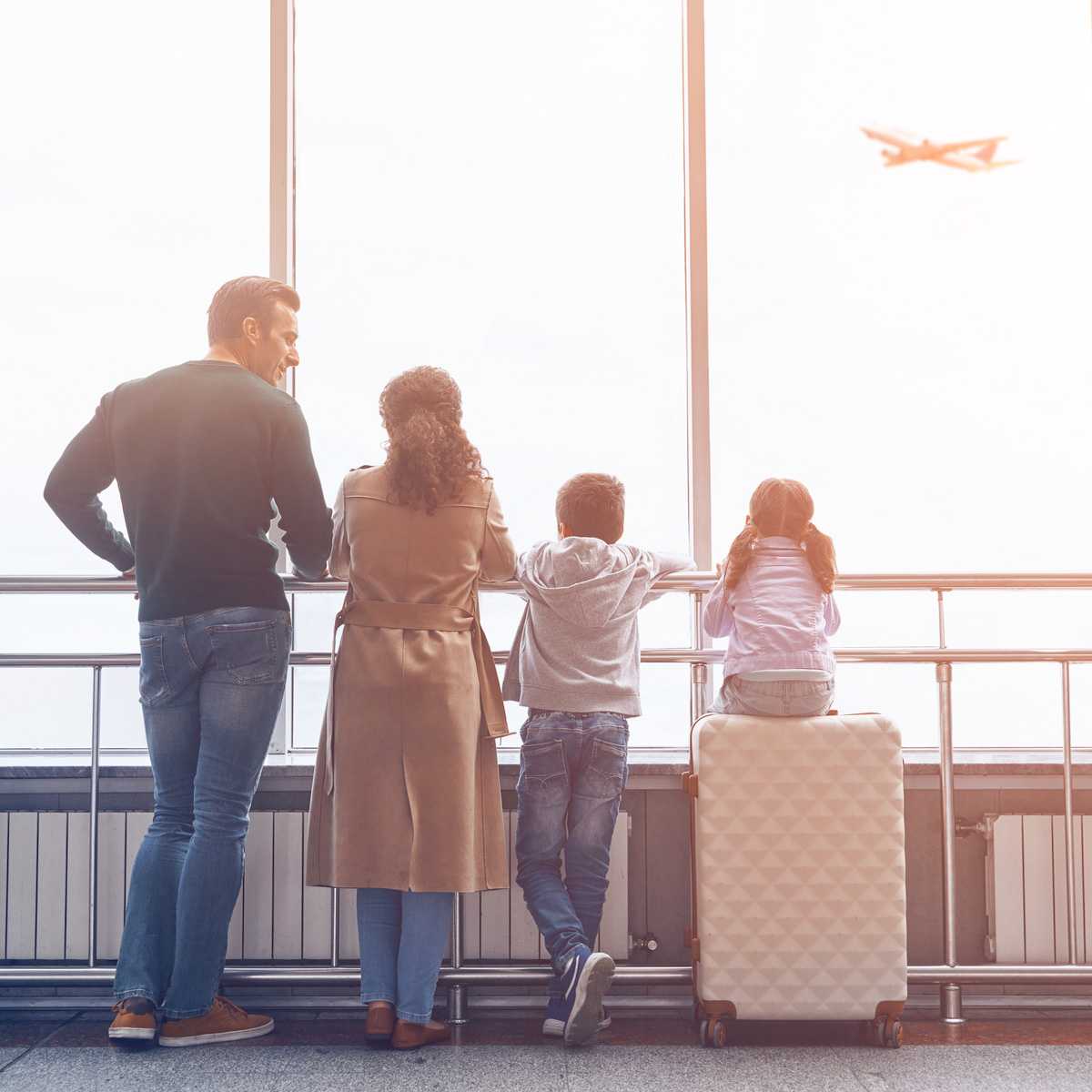

This piece was first published in the Washington Business Journal.
As circumstances continue to evolve around the pandemic, so does the way we move, interact, and do business. The travel industry, which impacts all the above, has encountered and embraced substantial change over the last several months. For business travelers, what was once commonplace—a ticket purchase, pass through security and stop by concessions—faced extended pause. For industry leaders, raising the bar on health and safety standards was first in order.
In the Greater Washington Region, like other metropolitan areas across the country, we’ve witnessed the effects and benefits of an active business travel market: bolstering our economies by bringing life to our restaurants, retail spots and meeting points. Prior to the pandemic, business travel generated over $334 billion in direct spending nationally, according to the U.S. Travel Association. Consumer spending from leisure and business travel and tourism in the District of Columbia alone supported 78,266 jobs annually; those jobs supported $4.51 billion in wages, per Destination DC. The impact of travel is mighty.
Our region is also home to many of the country’s top travel hubs and leading industry voices. In partnership with the Greater Washington Board of Trade, as part of an ongoing series exploring the Future of Work, we had the opportunity to listen in on future-focused conversations between Jack Potter, President and CEO at Metro Washington Airport Authority (MWAA) and Elliott Ferguson, President and CEO at Destination DC; and Ricky Smith, Executive Director of Baltimore Washington International Airport (BWI) and Ian Rainey, Senior Vice President at Northeast Maglev. These leaders each offer unique perspectives and forecasts on the future of business travel: What they’ve discovered since the onset of the pandemic, what organizational and procedural transformations they’ve adopted and what they expect is still down the road for the industry at-large.
Here’s what we learned.
On Health and Safety
“It’s extremely important that people feel safe. That’s first and foremost,” said Potter.
The travel industry was among those that led the charge as early adopters of the measures required to carry forward safe business—inclusive of increased sanitation stations, adding plexiglass barriers and antibacterial surfaces. Working closely with medical experts, the Centers for Disease Control and Prevention (CDC) and local public health authorities, regional travel facilities remained agile and ready to shift standards as needed.
And all the leaders we spoke with agreed: not only was it critical to invest in added safety measures on day one, but to transparently communicate about them with public. Using social media to engage with customers about health and safety “went a long way in helping people understand that it was safe to come into the facility,” said Smith.
On Getting Back to Business, Face-to-Face
The topic of Zoom fatigue and its impact on business was also top-of-mind for all, understanding the implications business travel on in-person meetings, events, and large gatherings (e.g., expos, conventions, or trade shows).
“Even though there’s a train of thought that hybrid is going to take over the need to meet face-to-face, the reality is that’s not going to happen,” said Ferguson. “There are probably going to be some things we’ve learned in terms of how we can utilize hybrid meetings and the technology moving forward with meetings. But people want to meet face-to-face and we’re all going to benefit from that. And that demand is there.”
“Let’s face it, you go to a conference, a lot of the true business is done when you’re grabbing a coffee or you’re going to dinner with somebody. That’s how relationships are formed,” Potter added. “People have to go out and make sales and create relationships. And it’s very hard to do that in a hybrid world.”
Rainey agreed, adding “if you can’t [meet] in-person, something is lost.”
“I’m now hearing, from my friends in the business community, that they’re done with Zoom meetings and Teams meetings,” said Smith. “They can’t wait to meet face-to face with people that they do business with. And so, I think the future is bright.”
As the future of business travel regionally, nationally, and globally continues to evolve, we invite leaders across all sectors to reference the Future of Work executive toolkit, while continuing to base their decisions regarding business travel and in-person meetings on guidance from the CDC and local public health authorities.
APCO Alumna Stephanie Waties coauthored this piece.


